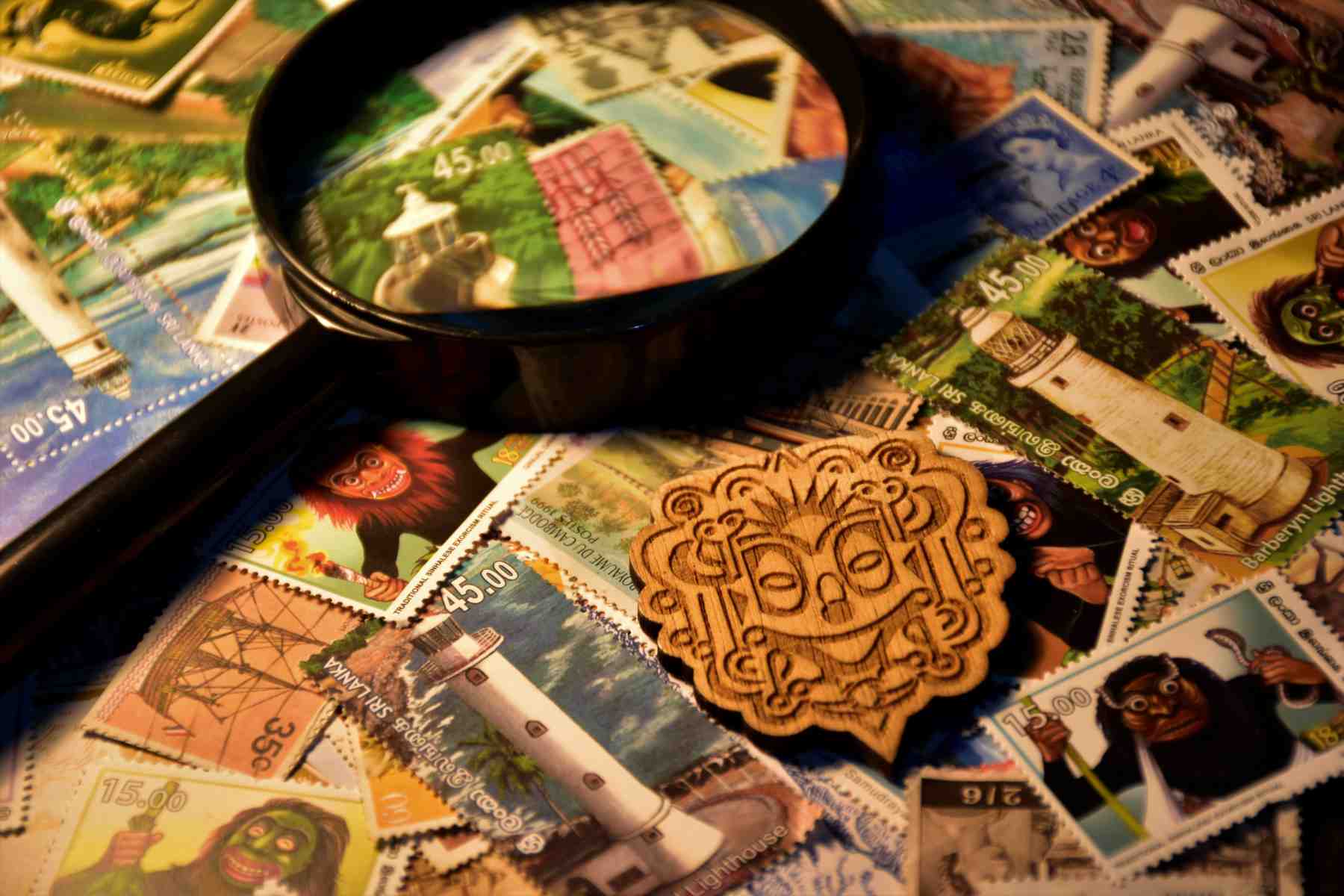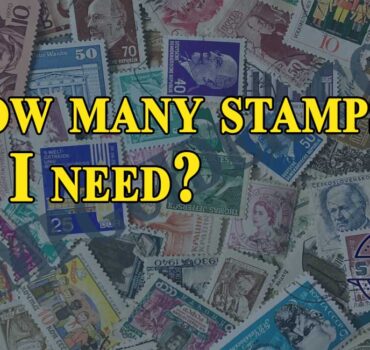The world of philately, or stamp collecting, is a captivating realm that goes beyond the mere pursuit of postage relics. Stamps, those small pieces of paper adorned with intricate designs and symbols, encapsulate the stories of nations, the essence of eras, and the richness of cultures.
Beyond their utilitarian purpose, stamps possess a unique power to transport collectors into the annals of history and the tapestry of human experience.
With a heritage spanning centuries, philately has evolved from a niche hobby to a global phenomenon. Aspiring essay writers can harness this unique synergy to craft captivating narratives that bridge history and identity, navigating challenges with the support of resources like https://domypaper.com/.
Stamp collectors, from casual enthusiasts to dedicated connoisseurs, find themselves captivated by the allure of philately. The exhilaration of discovering a rare stamp, the thrill of completing a thematic collection, and the joy of preserving a piece of the past have fostered a devoted community of philatelists worldwide.
At the heart of this exploration lies a fascinating connection between the world of stamps and the realm of literature. This article delves into the intriguing intersection where philately becomes a wellspring of inspiration for personal essays.
By delving into the histories, emotions, and stories that stamps embody, we unravel the threads that bind these collectible artifacts to the world of words.

In the pages that follow, we embark on a journey to understand how stamp collections serve as a muse for crafting poignant, introspective, and captivating personal essays.
Table of Contents
The Fascination of Philately
The roots of stamp collecting can be traced back to the mid-19th century when the world’s first adhesive postage stamp, the Penny Black, was introduced in Great Britain. Sir Rowland Hill’s revolutionary idea of prepaying postage through stamps set the stage for a new kind of hobby.
Early collectors were drawn to these colorful tokens of communication, and the practice quickly spread across continents. The creation of stamp albums, clubs, and exhibitions transformed the act of collecting into a structured and passionate pursuit.
Stamps are like miniature canvases, each one an intricate blend of artistry and historical significance. From the ornate engravings of classic issues to the vibrant designs of modern commemoratives, stamps capture the essence of their era.
Essay writers can explore their passions with the guidance of expert essay writing services to write compelling stories that resonate on both personal and global scales. The iconography of stamps often reflects national achievements, cultural milestones, and pivotal events.
As tangible remnants of the past, stamps provide a vivid visual portal into history, allowing collectors to witness the evolution of nations and cultures.
Collectors often forge deep emotional connections with their stamp collections. The act of curating and preserving stamps becomes a form of self-expression, allowing individuals to create a narrative that intertwines personal interests with historical context.
This emotional bond is a driving force that compels collectors to invest time, effort, and resources into their hobby. Each stamp holds a story, whether it’s a cherished gift, a prized find, or a memento of a significant life moment.
Also Read: What Forever Stamps are? and how they work?
Stamps as Windows to the World
Stamps are more than just images on paper; they encapsulate the spirit of nations. Through the imagery they feature, stamps provide glimpses into the cultural diversity and historical evolution of different regions.
From traditional clothing to architectural marvels, stamps encapsulate the essence of a nation’s identity. They are tangible artifacts that encapsulate stories of triumph and tragedy, progress and preservation.
Stamps serve as catalysts for curiosity, prompting collectors to delve into unfamiliar cultures and histories. The act of researching the symbolism and narratives behind stamps opens doors to a world of learning.
Each stamp becomes a stepping stone, encouraging exploration and expanding the collector’s worldview.
Consider the case of a collector who encounters a series of stamps depicting the ancient Silk Road. Inspired by these stamps, they craft a personal essay that explores the historical significance of this trade route and draws parallels to modern globalization.
Another collector, upon discovering a set of stamps showcasing endangered species, writes a reflective essay on humanity’s role in environmental conservation. These examples illustrate how stamps can ignite creative sparks that lead to thought-provoking and culturally enriching essays.
Nostalgia and Personal Reflection
Stamps have an uncanny ability to transport collectors to times long past. A single stamp can evoke nostalgia for an era the collector never experienced firsthand. The design, typography, and even the postal cancellations can trigger a sense of longing for a world that has faded into history.
Collectors often associate stamps with personal memories, embedding these artifacts with layers of personal meaning. A stamp received on a long-forgotten postcard from a loved one can carry the weight of emotional significance.
The act of preserving stamps becomes an act of preserving cherished moments, making the hobby a poignant journey down memory lane.
Imagine an essayist who unearths a childhood stamp album, triggering a flood of memories from family vacations and letters exchanged with pen pals around the world.
Through introspective prose, they explore how these stamps acted as silent witnesses to their personal growth and experiences. These essays offer a testament to the emotional depth that stamps can bring to the art of storytelling.
Philately and Identity
Stamp collections often mirror the collector’s interests, passions, and aspirations. Whether focused on a specific theme, historical period, or geographical region, the stamps one chooses to collect offer a glimpse into their unique personality.
A collection of space-themed stamps might reveal an individual’s fascination with exploration, while a series of stamps celebrating indigenous art may hint at a deep appreciation for cultural diversity.
Stamps possess the remarkable ability to foster a connection to one’s heritage. For individuals with diasporic backgrounds, stamps from their ancestral countries become tangible threads linking them to their roots.
The act of collecting stamps from a homeland not personally experienced underscores a desire to preserve familial connections and cultural narratives.
Imagine an essay that chronicles a collector’s journey to assemble a comprehensive collection of stamps from their family’s country of origin. This endeavor prompts reflections on the complexities of hybrid identity, touching upon themes of belonging, displacement, and cultural negotiation.
By sharing their personal narrative, the essayist not only imparts insights into their own identity but also invites readers to contemplate their own connections to heritage.
Unexpected Connections and Stories
Stamps often lead collectors down unexpected paths. A seemingly ordinary stamp might unravel a hidden historical anecdote or a forgotten connection. For instance, stumbling upon a wartime stamp might unveil a family member’s role in a conflict, sparking a journey of discovery into their past.
The act of researching stamps can yield captivating stories that history books overlook. A rare stamp commemorating a little-known event may serve as a starting point for uncovering untold narratives. Delving into the context behind these stamps reveals the stories of individuals, communities, and movements that have left indelible imprints on history.
Consider an essayist who chances upon a series of stamps commemorating a forgotten poet. Curiosity fuels their exploration, leading to a remarkable narrative of the poet’s life, the socio-political climate of their era, and the enduring impact of their work.
Through the lens of these stamps, the essayist weaves a tapestry of discovery, demonstrating how the most unassuming of objects can unveil remarkable stories.
Metaphorical Interpretations
Stamps can transcend their physical form to serve as metaphors in personal essays. Just as stamps unite countries through postage, they can symbolize the threads that bind individuals across time and space.
Stamps can become allegorical vehicles to explore themes of connection, separation, and the ways in which human experiences are linked.
Collecting stamps mirrors the act of collecting experiences throughout life’s journey. Just as a diverse stamp collection reflects a well-traveled path, life experiences contribute to a rich and varied existence.
This parallel between the collection of stamps and the collection of memories offers a rich metaphorical terrain for essayists to explore.
An essayist might draw inspiration from a set of stamps issued to mark international cooperation. Using these stamps as metaphors, they weave a narrative on the interdependence of nations and the shared challenges humanity faces.
By connecting the microcosm of stamp collecting to the macrocosm of global dynamics, the essayist crafts a thought-provoking exploration of interconnectedness.
The Creative Process: From Stamp to Essay
The transition from viewing stamps to crafting essays involves a shift in perspective. Collectors can draw from the visual elements of stamps, such as colors, designs, and symbols, as starting points for creative writing. By examining the emotions and stories these stamps evoke, writers can craft narratives that resonate with readers.
Crafting essays inspired by stamps requires a blend of research, introspection, and creativity. Researching the historical context of stamps ensures accuracy, while introspection taps into the emotional resonance they hold.
The creative process involves connecting these elements and infusing personal insights into the narrative.
Tips for Aspiring Writers
- Cultivate Curiosity: Approach stamps with a curious mindset, seeking out stories, connections, and historical contexts that intrigue you.
- Use Symbolism: Utilize the symbolism of stamps to explore deeper themes and emotions in your essays.
- Research Thoroughly: Accurate historical context enriches your writing and lends authenticity to your narratives.
- Embrace Introspection: Reflect on your personal experiences and emotions that the stamps evoke, and weave them into your essays.
- Experiment with Perspective: Explore different angles and perspectives when crafting essays, drawing from the diverse elements of stamp collections.
Also Read: What Is a Stamp Duty?
Challenges and Limitations
Interpreting stamps can be challenging, particularly when symbols or designs have cultural or historical significance that may not be immediately apparent. Deciphering these nuances accurately can pose difficulties for writers.
Access to accurate historical information might be limited, especially for stamps from lesser-known regions or time periods. Writers must navigate these gaps in knowledge while crafting essays.
Consult experts or enthusiasts who have in-depth knowledge of specific stamps or themes.
Invest time in understanding the cultural context of stamps to avoid misinterpretations. When information is scarce, creatively adapt your writing to convey the essence of the stamps and their potential stories.


